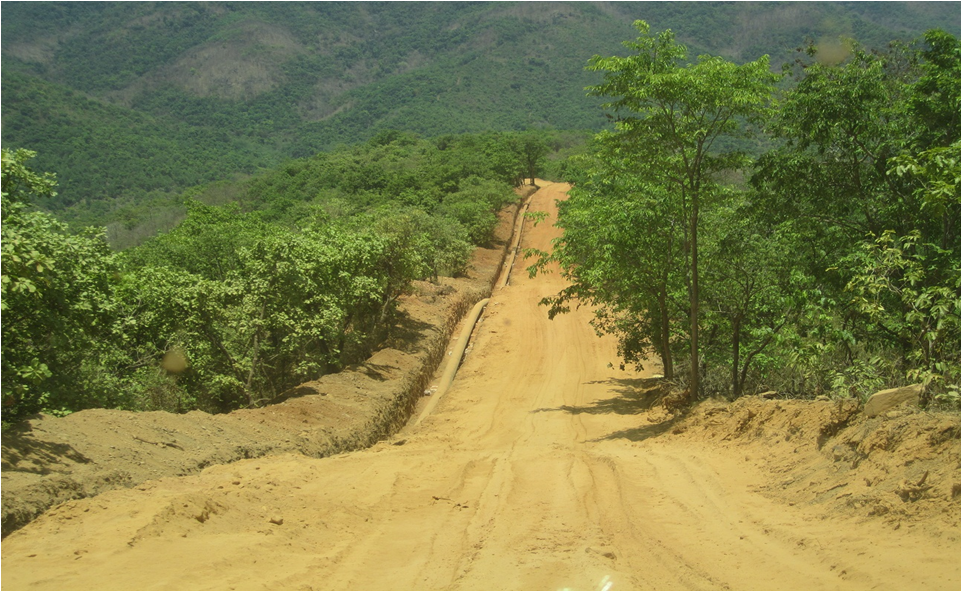Pipelines can be broadly bifurcated into two types based on location of installation i.e.:
- Onshore Pipelines
-
- It covers all inland cross country pipelines which are not in offshore areas.
- It includes the main pipelines, spur lines and feeder lines, crossings/other features en route, associated despatch terminals, sectionalizing valve station, compressor stations, pump stations, intermediate terminals and receiving terminal facilities. The upstream and downstream handling storage and process facilities are excluded from the scope of onshore pipeline systems.
- Offshore (Submarine) Pipeline
-
- It covers all pipelines in offshore areas beyond the line of ordinary high water, along that portion of the coast that is in direct contact with the open seas and beyond the line marking the seaward limit of inland coastal waters.
- It includes trunk lines, inter-field/ inter platform lines, lines from offshore terminal to Land Fall Point, crossings/ other features en-route, associated risers, subsea PLEMs, subsea isolation valves (SSIV)/ laterals and termination at land fall point as applicable. The upstream and downstream facilities at terminal ends are excluded from the scope of offshore pipelines.

This article introduces the key topics contained in the lifecycle of pipeline, such as pipeline design, procurement, installation & testing and a fundamental basic understanding of pipelines.